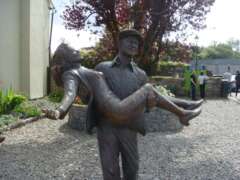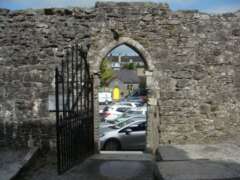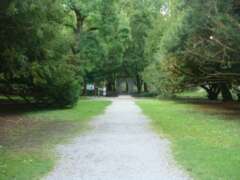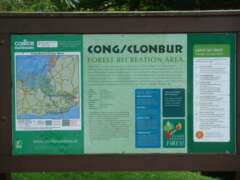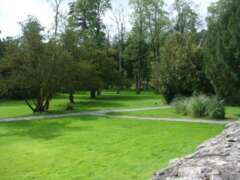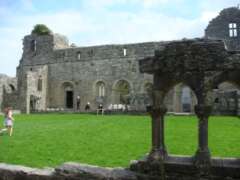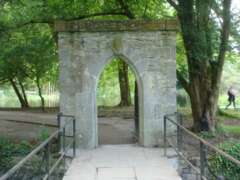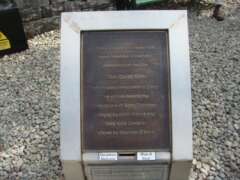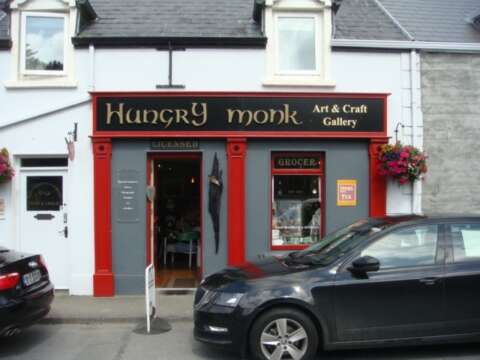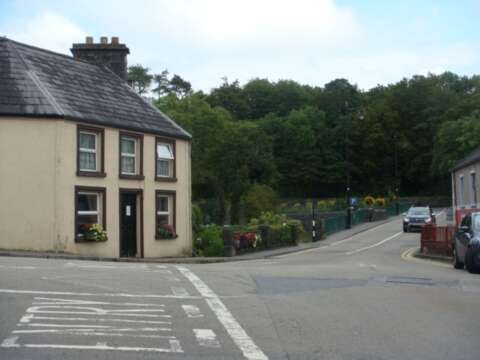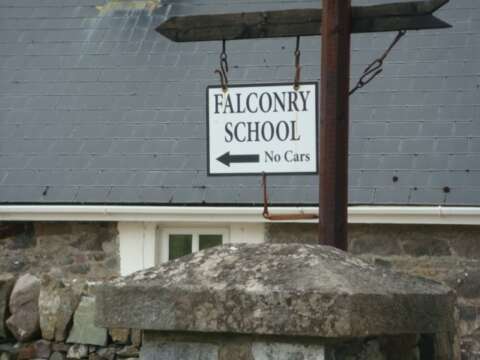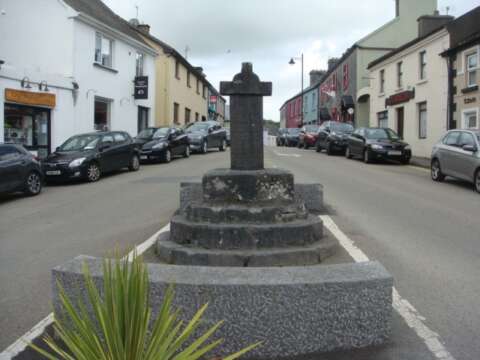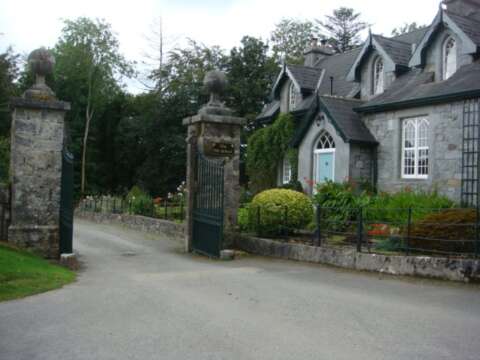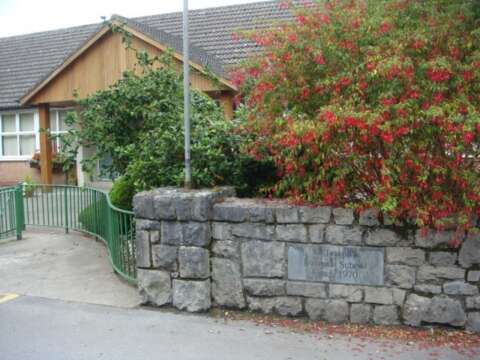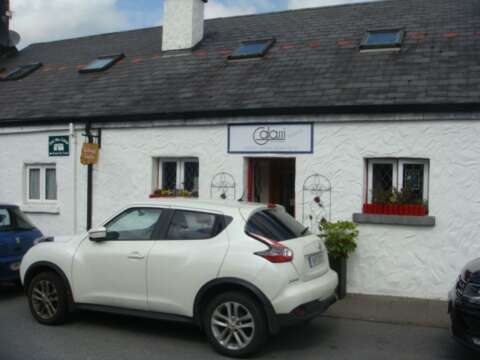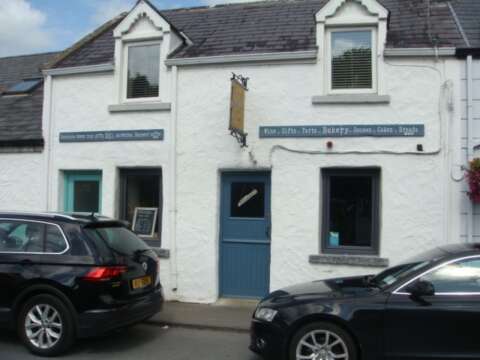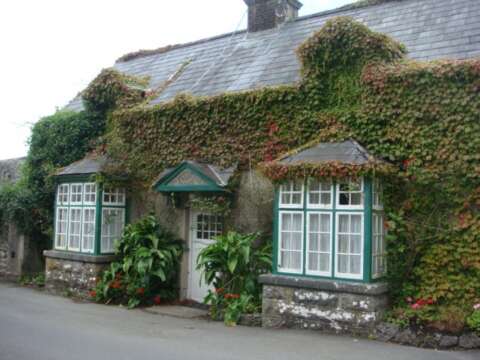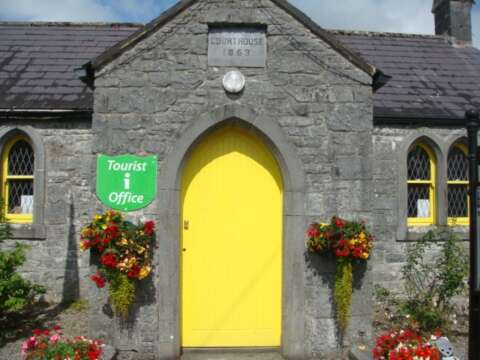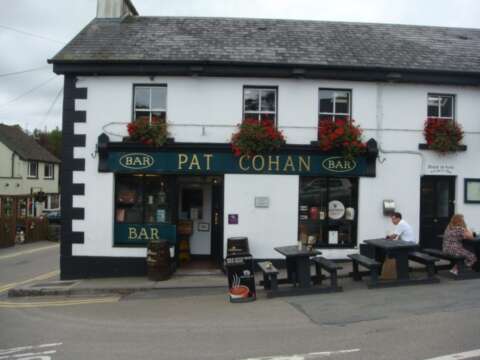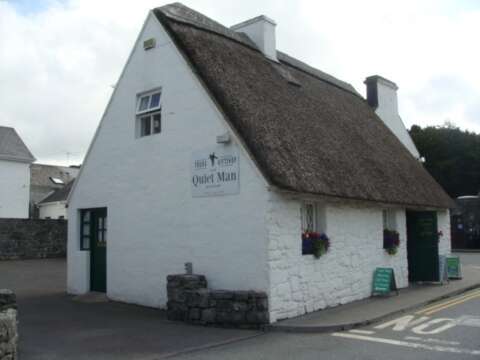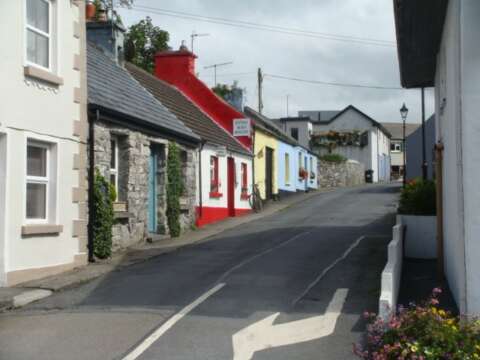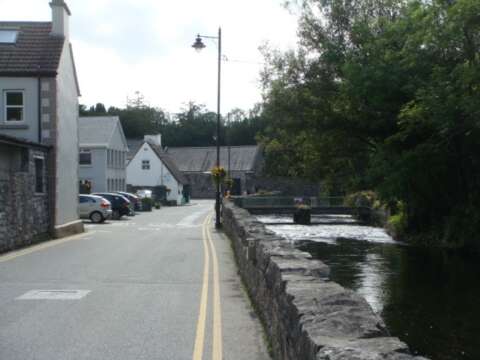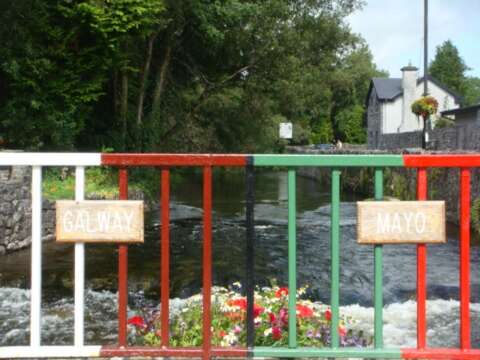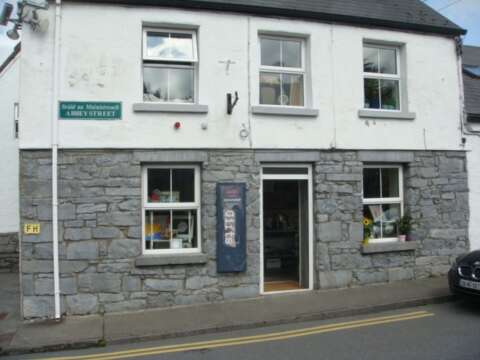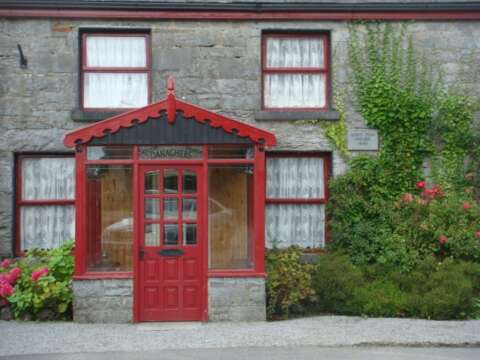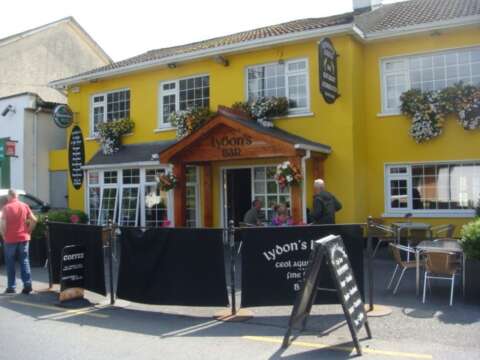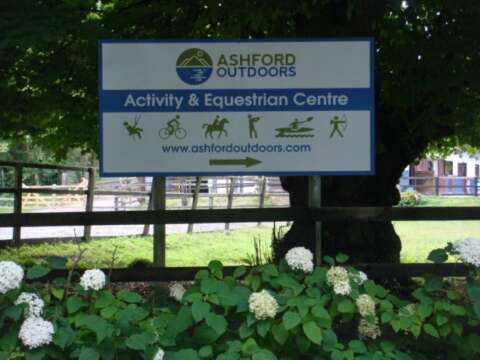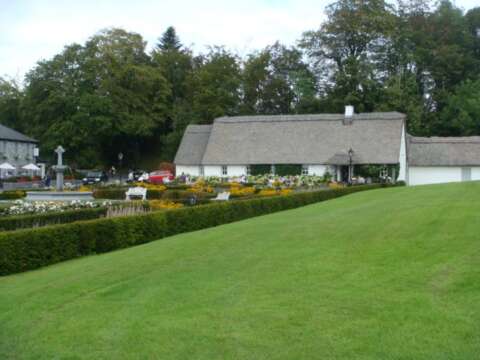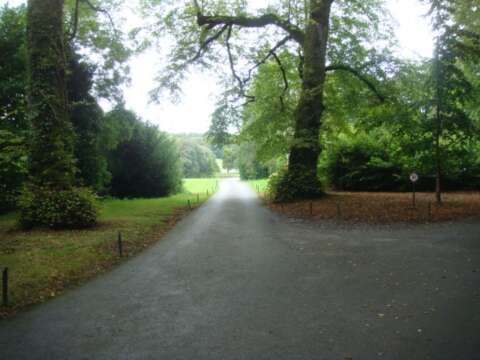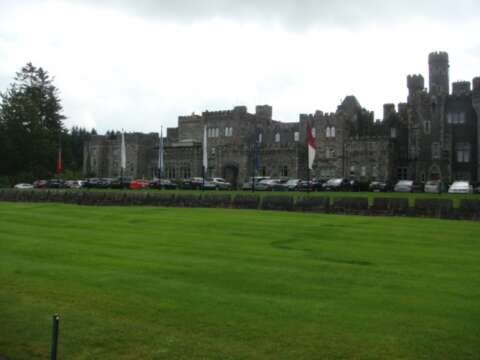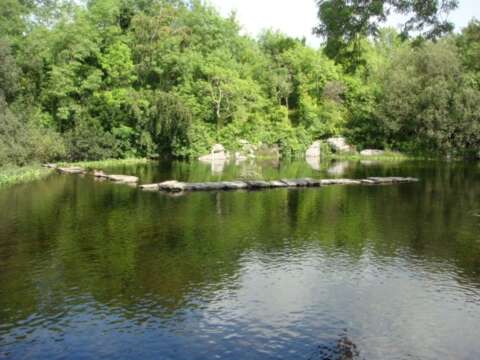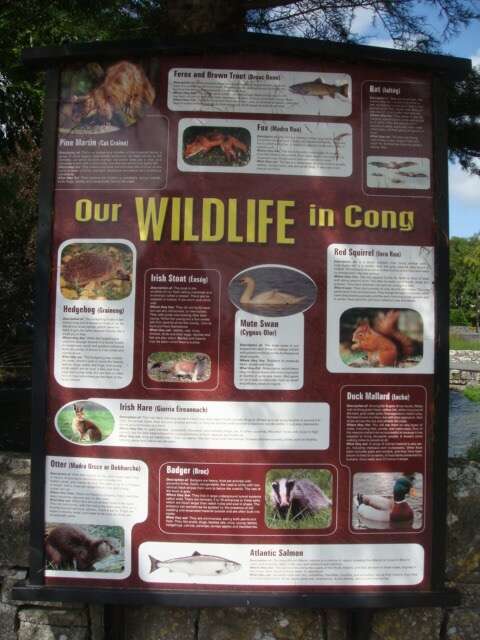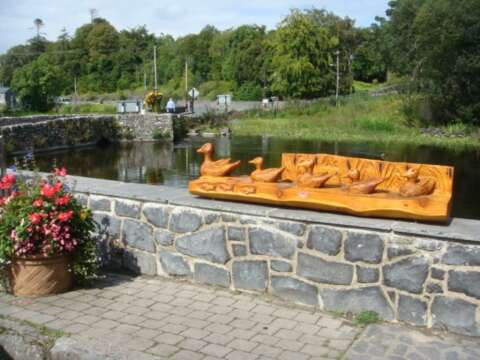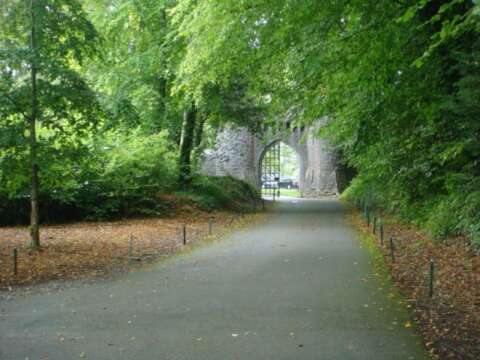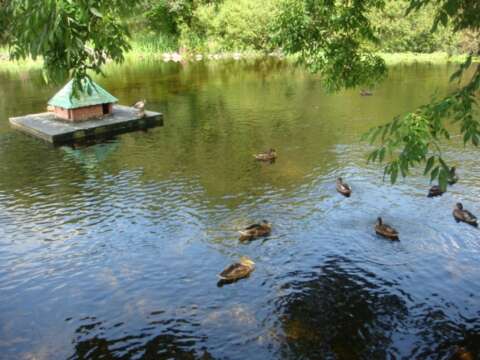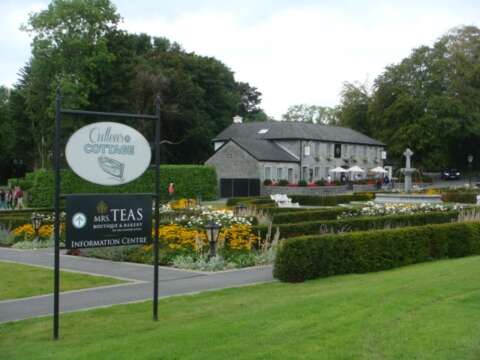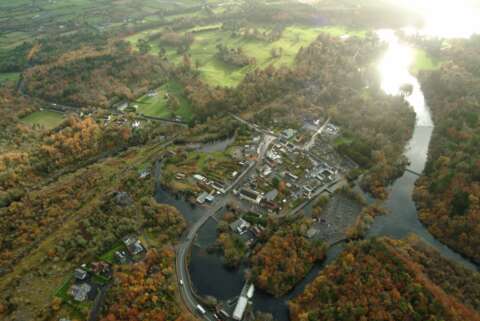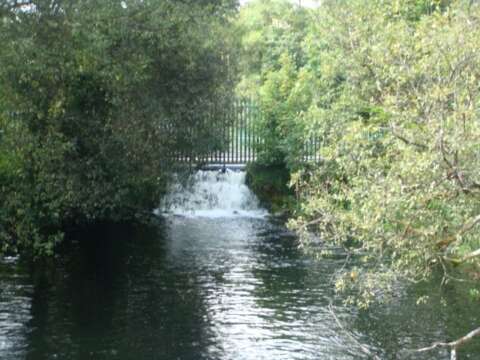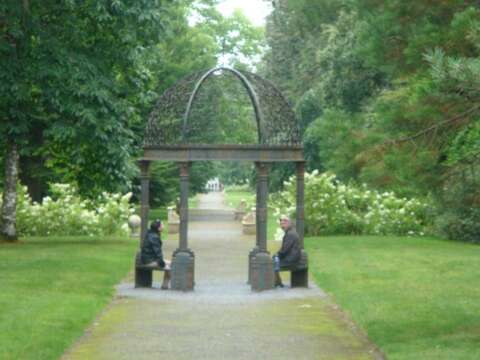Cong Village
The Historic Village of Cong is nestled along Mayo’s border with County Galway and commands great respect with Historians throughout Ireland. The world famous Ashford Castle lies on the shores of Lough Corrib and attracts a large number of visitors annually.
Ashford Castle dates back to the 12th century, when it was built by the Anglo Norman family, the De Burgo’s. The following generations added and expanded the castle and in 1715 the Oranmore and Browne family founded the Ashford Estate. Over a hundred years later in 1852 Sir Benjamin Lee Guinness purchased the Ashford Estate. His son Lord Ardilaun inherited Ashford in 1868 and is responsible for the numerous woodland areas on the estate. On his death in 1915 the Ashford Estate went to the Iveagh Trust. It was purchased in 1939 by Noel Huggard and converted into a hotel. 1970 saw the hotel sold to John Mulcahy who further developed this aspect of the castle. A consortium of investors then purchased it in 1985 and two million pounds was spent bringing the castle to its present state of opulence. A mixture of past and present, the castles lofty panelled ceilings, knights in armour, battlements, crystal chandeliers and paintings exist alongside the trappings of a luxury hotel. The hotel’s parkland covers three hundred and fifty acres where activities such as golf, falconry, tennis, archery, shooting, horseback riding, and fishing can be enjoyed. The castle has had a long list of famous and distinguished guests; it was the place of residence for many of the actors who starred in the film “The Quiet Man”, made in 1951 in Cong. The grounds around the estate were used in several of the scenes. Presently Ashford Castle is regarded as one of the world’s top hotels.
In 623 St Feichin came to Cong and founded a monastery, from then Cong was called Cunga Feichin, Feichin’s neck. Cong Abbey was erected on the site of the monastery by Turlough O’ Connor, the King of Connaught in 1106. It was established as a learning centre and no less than 3000 students are said to have received their education there. At this time, the head of the family, Turlough O’Connor was the High King of Ireland. Rory O’ Connor, the last High King of Ireland spent his last twelve years in seclusion in the abbey and on his death he was buried at the abbey but was later exhumed and buried with his father Turlough O’ Connor at Clonmacnoise. This century also produced the Cross of Cong which was commissioned by Turlough O’Connor. This magnificent piece of 12th century craftsmanship is regarded as one of the finest of its era. It is called the “Bacall Bui” (yellow crozier) and was commissioned by the king, Turlach O’ Connor and was made in Roscommon in 1123. Made of oak and standing 30 inches high with arms extending 19 inches, it is covered with silver and bronze plates washed with gold. Its edges were studded with precious stones and a large crystal in the centre covered the relic enshrined in the cross. The cross is richly decorated with designs of intricate interlacing and the carved heads of animals, even the nail heads used are shaped in the head of an animal, evidence of the Scandinavian influence in Irish art. There are several inscriptions on the cross, one in Latin which was sent from Rome to Turlach, which reads, “the Cross on which the Creator of the world suffered was enshrined in the Bacall Bui”. The Gaelic inscriptions ask for prayers for Turlach O’ Connor, King of Eirinn, for two church dignitaries of the family of O’ Duffy and for the Irish artist who created the cross, Maoiliosa O’ Echan. The cross was guarded by the Augustinians of Cong and was placed on the altar only on very special occasions. The 16th century brought persecution and hardship to the religious orders in Ireland and the Augustinians were forced to leave Cong. One abbot remained as the parish priest and this situation continued until 1829 when the last abbot died. Dean Waldron was the successor and on taking over the Abbot’s house he found several treasures hidden within. The Bacal Bui was among them, in 1839 the Dean sold the cross to the Royal Irish Academy for 100 guineas, this was not a popular act with the people of Cong. His successor Fr Pat Lavelle was appointed in 1869, he was a well known Fenian sympathiser and a rebel within the religious order. Fearless of repercussions he condemned the then leader of the Catholic Church, Cardinal Cullen and delivered many orations in favour of the patriotic cause. On his appointment as parish priest of Cong he travelled to Dublin and at The Royal Irish Academy asked to see the Bacall Bui. He snatched the cross and returned it to its rightful place, Cong. It has since been transferred to the National Museum in Dublin where it is kept with other national treasures.
Sir Benjamin Guinness the owner of Ashford Castle began to rebuild the abbey in 1860. The Foy’s from Cong who were renowned for their expertise with stonework completed the masonry. There are three beautiful carved doorways, which illustrate some of the Foy’s most outstanding work. The Gothic doorway consists of columns, brilliantly carved capitals and gothic arches; it is probably the Abbey’s finest feature. Part of the Abbey grounds have been used as the parish burial grounds and one of the earliest inscribed gravestones is a tombstone which lies in the nave of the church on the way into the Abbey. The inscription reads “pray for the soul of James Lynch, Abbot of Conge, who died AD 1709.
Inchagoill is one of the many islands in Loch Corrib, it is the most visited island on the lake which is no surprise considering its archaeological wealth. There are two church ruins; the first known as St Patrick’s was a tiny church thirty feet long dating back to the 5th century. The second referred to as The Saints Church, is slightly larger and dates to a later era; this ruin has a Celtic doorway of sculptured heads attributed to 12th century architectural art. Set in an inside wall is a stone bearing an ancient carved ‘puzzle’ of Byzantine crosses and there is also a font-like stone or bullaun. A mound just by the Saints Church is the grave of a 12th century Archbishop of Tuam. In addition to these monuments there is a standing stone of great significance the Lia Lugnaedon (The Stone Of Lugna). It is 2ft 6 inches in height and bears the inscription in very ancient Roman characters and crosses. Experts claim the writing to be the oldest Christian inscription in Europe outside the catacombs. The stone is believed to be called after St Patrick’s navigator, Lugna the son of the saint’s sister. Each year since 1960 on a Sunday in June the people of Cong gather in Inchagoill to honour the Corrib saints and mass is celebrated at the tiny church of St Patrick.
Cong Woods
 The lands were formally part of the Ashford Estate which were owned by the Guinness family until 1939. This is a very interesting site which combines scenic walks, historic buildings with forest and water. On entering the abbey grounds, one is taken back in history. The last High King of Ireland, Rory O Connor lived here in the old abbey for the final years of his life and reign.
The lands were formally part of the Ashford Estate which were owned by the Guinness family until 1939. This is a very interesting site which combines scenic walks, historic buildings with forest and water. On entering the abbey grounds, one is taken back in history. The last High King of Ireland, Rory O Connor lived here in the old abbey for the final years of his life and reign.
The Abbey grounds have many fine specimens of Yew that are hundreds of years old. On reaching the river, cross over the small bridge that leads onto the main river. To your left, you will see a small stone building by the edge of the river. This is known locally as “the Monks fishing house”. It was here that the monks from the abbey spent time in prayer and meditation and, at the same time, tried out their fishing skills.
On passing over the” Abbey bridge”, you enter the forest by going through an attractive stone gateway. Follow the nature trail which is signposted through the “wilderness”. Many of the old trees here were planted by Lord Ardulan who lived in the nearby Ashford Castle. Many of these trees are over 140 yrs old.
The area has many fine caves eg “Teach Aille” which is reputed to have been used by the monks as a fridge or larder, due to its low temperatures in the summer months. “Pigeon Hole Cave” can be accessed by descending the stone steps into the bowels of the earth. The water that you see flowing at the bottom is, in fact, the waters of Lough Mask travelling underground towards Lough Corrib.
Some fine examples of stone viaducts are to be seen along the route. Also just off the nature trail is the Guinness tower which is circa 20 metres high and can be accessed by narrow stairway.
Walk:
Cong nature trail: A scenic loop walk, (2.3 Km, 1Hr, Easy). takes you through a diverse forest containing a wide range of both exotic and native trees. Observe the many fine trees along the route. These include large specimens of common silver fir, Douglas fir, Sitka spruce, Scots pine, Coast redwoods, giant sequoia, Monterey pine and many others, both coniferous and deciduous. You will see Teach Aille sink reputed to have been used as a fridge or larder by the monks in bygone days. Pigeon Hole Cave can be seen which carries an underground river between Lough Mask and Lough Corrib.
Cong to Clonbur: The 12 trail (12Km return, 3.5Hr,easy) goes under county roads via two underpasses to the car park beside the village of Clonbur. You will pass along Cong Nature Trail and through Pigeon Hole Wood where you can see a cave/sink. A large proportion of Clonbur wood is a designated Special Area of Conservation under the Lough Carra/Mask complex. In addition to its wildlife value, this wood has a wide variety of both native and exotic trees and shrubs. The geology of Clonbur wood is mainly limestone in sheet formation. Because if its conservation value, circa 293ha has been designated a priority woodland and a restoration life nature project co-funded by Coillte and EU is ongoing to remove exotic species. There is signage erected along the route to explain restoration work undertaken.
Cycle:
The road network is suitable for cycling.
Explore nature: There is a wide diversity of species here, and information signage on the trails to explain restoration works undertaken under EU life funded project.
Ashford Outdoors
Ashford Outdoors specialises in outdoor activities that range from archery and mountain biking to horse drawn carriage rides and many other things besides.
Photo Tour
Cong is located close to the village of Moytura which is home to some ancient stone monuments. Several stone circles are engraved into the monuments which are said to date back to the Neolithic era. It is in this area that the ‘Battle of Moytura’ is said to have taken place between the ruling Fir bolgs and the invading Tuatha De Danann. Moytura Conga is an unusual complex of puzzling stone circles and cairns and Edward Lhuyd made drawings of some of these stones as early as 1699. The plain bounded on the west and south by Lough Corrib stretches twelve miles eastwards to Cnoch Meadh the fairy hill near Tuam. It is called southern Moytura (The Plain of the Battalions). According to mythology this area of stone cairns was the site of a great battle, three thousand years ago. The battle took place between the Fir Bolgs and the Tuatha De Danann. The story tells us that the Tuatha De Danann, the people of goddess Danu, arrived in Ireland, demanded half of Ireland from the ruling Fir Bolgs. The Fir Bolgs refused and a fierce battle ensued, lasting four days. The very ancient chronicler reported the battle commenced on the 11th of June, in the year of the world 3303. The Firbolg, to commemorate the event erected the large cairn of stones at Ballymagibbon, two miles from Cong after the first days fighting. Each warrior carried a stone and the head of a slain enemy and the first monument was built. The cairns covered artificial stone passages leading to a central chamber where the ashes of cremated warriors were deposited. There are five similar monuments that stood in a line across the ancient battlefield for a distance of five miles to the northwest. At some point in the four day battle the Fir Bolgs took the time to challenge the Tuatha De Danann to a game of hurling, three times nine Fir Bolgs played against a similar number of Tuatha De Danann, many Tuatha were killed and a rock or cairn was erected on the spot where the hero had perished. The field where these rocks lay (only the foundation now remains) is called The Field of the Hurlers. On the fourth and last day of the battle the king of the Fir Bolg, King Eochai, was slain. In his honour the greatest of the Moytura cairns was erected and still stands near a by-road into Cong, it is called Carn Eochai or the Long Stone of the Neale. On the death of their king the defeated Fir Bolg fled towards the northwest. Nuadha, the Danann king, lost one hand in battle and, as a consequence, he had to surrender his throne, but a bardic legend tells that, some years later, he was restored and one of his artificer made a silver hand for him imbued with life. It is said also that Balor of the Evil Eye, a bad god of Irish mythology, took part in this battle not as warrior but as supervisor watching the ebb and flow of the battle and petrifying with his eye, set on his forehead, companies of soldiers. Whether or not Moytura Cong is the ancient site of a great battle, it abounds in cairns and other stone monuments. Studies of these stones indicate that they were erected over a long period of time, possibly from the Neolithic to the Iron Age and later and not as we may wish to believe, related to one event. Another remarkable feature of the Moytura Monuments are the stone circles. The circles, which display very different morphology, stand on the crest of a rise at distances varying between 89-177m from each other. Antiquarians have found it difficult to form an opinion as to what the function of these structures were in ancient civilisation, some believe they were defensive forts and others that they were druidic altars. Moytura is also the place where the great Irish writer Oscar Wilde spent a lot of his summer holidays as a youngster. Wilde’s father, Sir William had a country residence in this picturesque part of Mayo. Sir William Wilde, husband of the writer Lady Speranza was a surgeon, antiquarian and noted amateur archeologist. He built Moytura House at Cong and he said “I have during my occasional visit to country investigated all the monuments on Southern Moytura and I was enabled to point out no less than twelve un-noticed monuments: forts, raths, stone circles, caves, lisses and cashels”. He thought also that “the legendary lore and traditional accounts respecting the battlefields and events have now ceased to exist”. He was the author of “Wilde’s Loch Coirib”, published in 1867, and which gives a very instructive account of the history and archaeology of the area. Sir William’s wife was an avid writer and wrote for ‘The Nation’ newspaper, a publication produced by the Young Ireland Movement. The Wilde family spent long periods at their country home at Cong, Moytura House which was built by Sir William. The couple’s son, Oscar, often wrote about his experiences in Cong in south Mayo and frequently returned to the area throughout his life. Like his father, he was impressed by the tranquil nature of the countryside and commented that the scenery around Cong never altered with the passing of time, unlike mankind who aged with years. The summer retreat of Moytura House is thought to have had a lasting influence on William and Oscar Wilde as it had with Lady Wilde.

